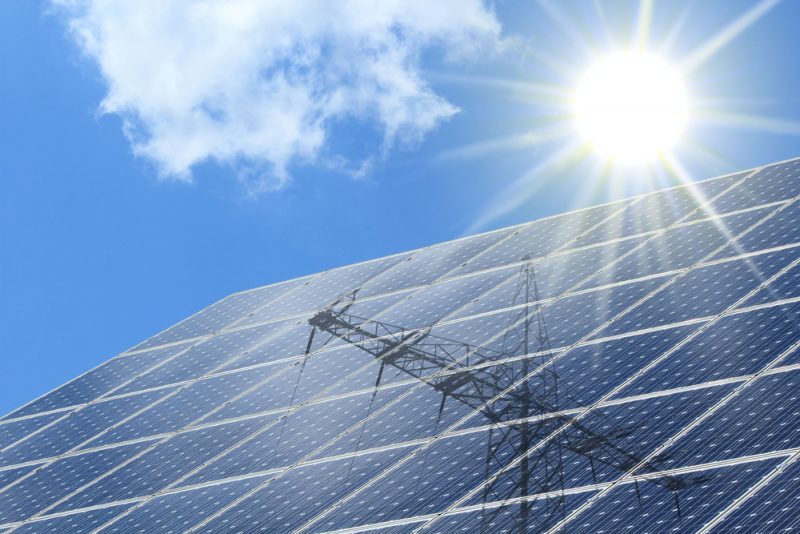NARUC panel talks renewable energy policies as Ariz. considers increasing renewable energy standard

SCOTTSDALE, Ariz. — Proposed changes to Arizona’s renewable energy standard were a hot topic at the National Association of Regulatory Utility Commissioners (NARUC) Summer Policy Summit held this week in Scottsdale, Arizona.
At a panel on Sunday, representatives from research centers, APS – the largest electric utility in Arizona – and a consumer group sounded off on renewable energy policy across the country and as it relates to Arizona, some concentrating on opportunities while others focused on costs.
Panelists Autumn Proudlove, senior manager of policy research at NC Clean Energy Technology Center and Lori Bird, principal energy policy analyst at the National Renewable Energy Laboratory (NREL) said that large numbers of states have taken actions related to renewable energy policy in recent years and that many others are currently considering doing so.
Proudlove noted that 19 states and Washington, D.C. currently have statewide community solar policies in place and that 18 states have taken actions related to such policies within the last year. Even in states without directives, she said, utilities are often pursuing community solar projects on their own.
Proudlove said 36 states and Washington, D.C. have taken action on energy storage in the past year. As incentives for renewables begin to phase out, she noted, incentives for storage are picking up.
Bird also discussed trends related to community solar as well as voluntary participation from large commercial and industrial customers and renewable portfolio standards (RPS).
Seven states plus Washington, D.C., she said, have renewable energy targets of 50 percent or more, many of which were increased in the last few years. Many other states, Bird noted, are considering increases to their RPSs.
“We’ve already heard Arizona is in discussions to increase its RPS,” Bird said. “This is a trend that’s actually going on around the country.”
Clean energy advocates in Arizona recently filed more than 480,000 signatures to let citizens vote on a ballot initiative in November on whether to increase the state’s renewable energy standard. The filing proposed increasing the standard to 50 percent by 2030, up from the current 15 percent by 2025. Several other plans for updating the standard also are being considered.
Arizona Public Service Company (APS) has said that the ballot measure could increase rates for customers and threaten the shutdown of the Palo Verde nuclear generating station, which generates more than 32 million megawatt-hours annually.
Panelist Steve Jennings, Arizona associate state director of AARP, asked Kent Walter, manager of customer technology product development at APS, why the 50 percent by 2030 standard could cause the shutdown of Palo Verde.
During non-summer periods when demand is lower, Walter told conference attendees, APS could be faced with an oversupply of energy due to the high amounts of renewable energy on the grid. The company, he explained, would have to build 8,000 megawatts (MW) of new generation resources to meet the target, which would mean less room for non-flexible generation like Palo Verde.
“… [Palo Verde] doesn’t have the flexibility to back off and make room for the renewable generation and has a lot of capital costs associated with it as well,” Walter said. “If it’s not running, then it becomes uneconomic by nature of just not being utilized.”
Walter also discussed strategies that APS is using to manage energy from renewables. The company, he said, is cooperating with other states through a regional real-time market, implementing new price signals related to time-of-use and investing in energy storage.
APS announced it late June it would issue a request for proposals to equip existing APS solar plants with battery storage. The move is a key part of APS’s plan to add up to 500 MW of energy storage to its system over the next 15 years.
